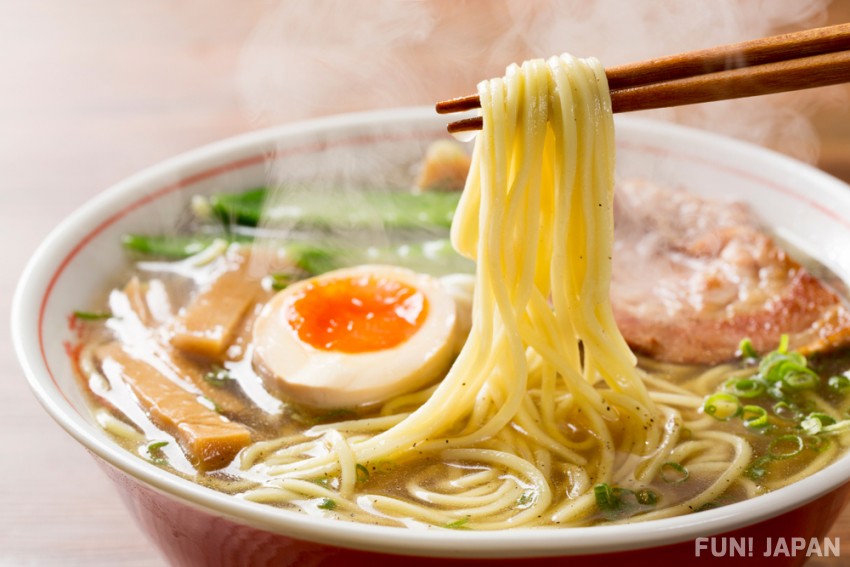
Are there ramen restaurants in your country? Have you ever eaten egg ramen before? In this article, we're not only going to be looking at egg ramen, but some of the perfect toppings that go with it as well as why you see boiled eggs in ramen so much!
What Kind of Noodles are "Ranmen"?
Ranmen refers to noodles that have been made with egg, wheat, water, and salt. They're one of the staple items within Japanese ramen dishes, and have been used not only in ramen, but in soba, Hiyashi chūka (chilled noodle dish), tsukemen (cold Chinese noodles accompanied by soup for dipping), and more.
In Esashiku Odaki, Iwate Prefecture, you'll find a type of egg noodles known as "ranmen". These noodles do not use a single bond and are made using wheat, egg, salt, all of which help them prevent from expanding within ramen broth. They are said to originate from the Edo Period of Japan from an early believer in Christianity that arrived from Nagasaki known as Juzo Matsuya.
One of the more popular ways to eat this dish is to place the noodles in a bowl with spring onion and half-boiled eggs, then pour over the broth, known as "Bukkake Tsuyu" in Japanese.
A Staple Topping - Boiled Egg
We're sure you're aware that most of the time when you grab a bowl of ramen in Japan it comes topped with a boiled egg. Many of the eggs you'll find are actually flavored by being submerged in broth for long periods of time.
The term "half-boiled" refers to ensuring the egg is taken out before the yolk hardens, this is said to go well with ramen and is loved by many Japanese people.
If you're trying to make half-boiled eggs at home, aim for around 7 minutes. It's quite hard to cut a half-boiled egg well, however, we recommend using something such as wire to cut the eggs neatly.
Cooking Flavored Boiled Eggs
- Bring water to a boil in a pan. Boil an egg for around 6-7 minutes.
- Remove egg from boiling water and place into ice-cold water to cool quickly.
- Place the mirin, soy sauce, sugar, and cooking sake into the pan over medium heat. Bring to boil to remove alcohol from mirin and sake, then turn off the heat.
- Place broth into a polyester ziplock bag, then place the eggs within to soak.
How did you find this article? We hope you learned a lot about egg ramen and its many toppings!

Comments